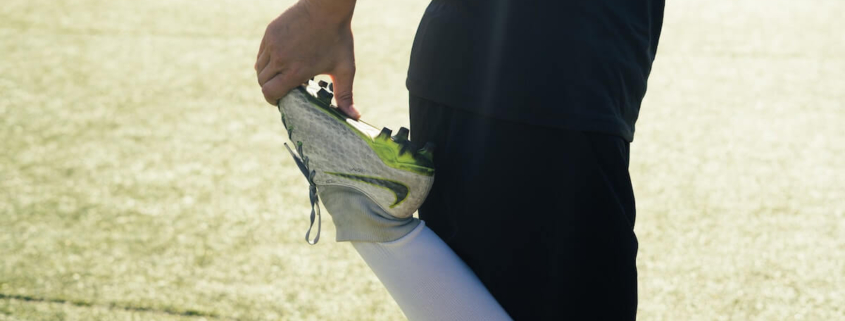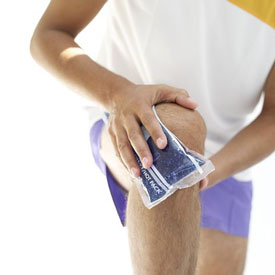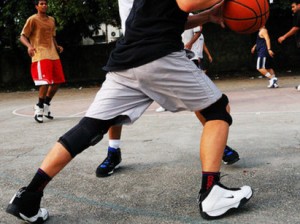Few things are harder for athletes than being stuck on the sidelines due to illness or injury. Prolonged recoveries are especially hard on the psyche and your hard-earned physical conditioning. When sports injuries hold you back from the activities you enjoy, it helps to have a game plan for moving forward and an environment conducive to healing and mobility. Here’s how our private Victoria rehab gym can help you get back in the game.
Recovery-Centric Environment
Our guided training not only helps you recover from sports injuries but helps prevent new ones while improving your overall performance.
It can be tempting to continue with your regular training while injured, but you run the risk of directly or indirectly aggravating any pre-existing injuries further. When training with an injury, it’s also common to place undue stress on other areas of your body with movements that can lead to muscle imbalances and mobility issues. This is why physiotherapist and kinesiologist guided training is vital.
At our Victoria rehab gym, you’ll be working with experienced practitioners that will guide you through exercises, stretches, and treatments specifically tailored to helping your body repair and recover from injury while preventing new ones.
We’ll guide you through recovery-focused movements designed to increase range of motion, improve mind and muscle connection, and stimulate specific stabilizer muscles that haven’t been firing optimally. For example, recovery for a common MCL strain may include physiotherapist-guided training that focuses on activating and strengthening stabilizer muscles and correcting incorrect movement patterns to treat injury and prevent re-injury.
Multidisciplinary Experts at Hand
As part of Diversified Health Clinic in downtown Victoria, our Victoria rebab gym is reserved for Diversified patients only. This means you’ll never have to wait in line for equipment, and you’ll receive expert-guided training throughout your workout. You’ll also have direct access to our multidisciplinary practitioners and treatments, including physiotherapy, massage therapy, chiropractic care, acupuncture, IMS/Trigger Point Dry Needling, and more. Our patients benefit from our combined approach to helping you heal from sports injuries as quickly and comfortably as possible.
Learn More About Our Victoria Rehab Gym and Sports Injuries Treatments
Take the first step on your road to recovery by booking an appointment with one of our physiotherapists today at (250) 382-0018 or book an appointment online. We offer direct billing and weekday and weekend appointments. Please view our hours of operation and location details here.




